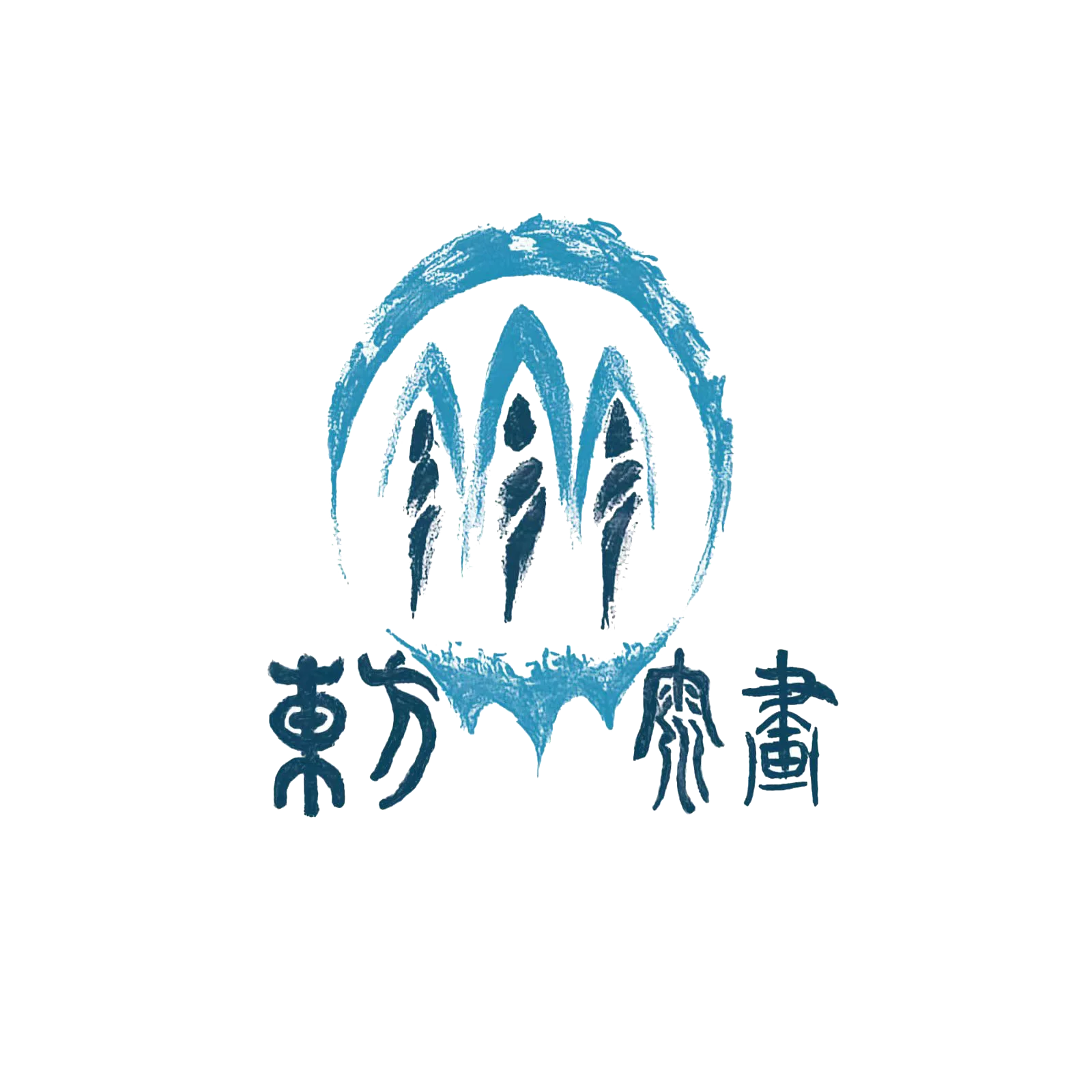The Third Stop of Oriental Spiritual Painting International Tour Exhibition
·Palazzo Bellini, Florence, Italy
"25 days countdown!"
The prelude is about to unfold!

In the morning light of Florence, the rationality and elegance of the Renaissance have long seeped into every brick and stone. Yet should you push open the heavy bronze doors of the Medici Palace and traverse the 长廊 (corridor) of Cosimo I, you’ll abruptly tumble into another realm—where the tranquility of Primavera and the restraint of Michelangelo’s David vanish, replaced by surging gold leaf, twisting marble, and angels that seem ready to burst through the dome.Here, the glory of the Medici family achieves its final bloom amid the baroque reverie.
Why did the Medici family embrace Baroque?

At the end of the 16th century, while Europe was mired in the quagmire of religious wars, the Medici family was quietly brewing an artistic revolution. Why did this prestigious clan, renowned for sponsoring the Renaissance, suddenly fall in love with the ostentation of Baroque?
As the Grand Dukes of Tuscany, the Medici needed a more "theatrical" language to awe their subjects. The exaggerated dynamism and stark chiaroscuro of Baroque art were like a meticulously choreographed court drama. This was no caprice of artists, but a "power illusion" constructed through visual storytelling — where every curve, every ray of light became a tool to project authority and consolidate dominance.

At the center of the ceiling in the Riccardi Gallery, the apotheosis of the Medici family is depicted. On the sides, The Wedding of Neptune and Amphitrite (left) and The Rape of Proserpina (right) can be seen.
- The Rape of Proserpina
From Roman mythology: Pluto, brother of Jupiter and god of the underworld, forcefully abducts the daughter of Ceres, the goddess of grain, renaming her Proserpina. This myth symbolizes the cyclical nature of seasons through her abduction to the underworld and annual return.
- The Wedding of Neptune and Amphitrite
Eratosthenes once wrote that Amphitrite was a daughter of the Titan Atlas. When Poseidon (Neptune) saw Amphitrite and her sisters playing on the island of Naxos, he seized her as his bride. The narrative, blending abduction with divine union, reflects classical motifs of power and maritime dominion—themes resonant with the Medici's aspirations for authority.
The Ceiling by Luca Giordano

Neapolitan painter Luca Giordano's ceiling frescoes for the Riccardi Gallery (1683–1685) stand as a pinnacle of Baroque art.With masterful perspective and vivid colors, he constructed a "Medici cosmos" upon the dome.
The Apotheosis of the Medici belongs to a cycle of twelve paintings. Their format and coloring reveal a curated series, grouped by major themes to enable viewers to comfortably appreciate the dizzying richness of the fresco's figurative composition.


At one end of the ceiling above the entrance, Athena is depicted handing Ingegno a golden key to identify Veritas. With the assistance of Mercury, Athena demonstrates the golden key personified by Ingegno, recognized by the eagle-helmet.
Simultaneously, on the left, Athena shows a hammer to two women named Industry and Artifice, using earthly tools, vessels, and a swarm of bees as props. Seated on a rock, the young Amphion plays a lyre in the air, casting spells over the inhabitants and the Roman she-wolf.
The Long Gallery and Library: Extension of Mythological Narrative

In Greek mythology, Charon serves as the ferryman of Hades, tasked with guiding the souls of the dead across the River Styx. This painting emphasizes the wrath of Charon and the Furies, capturing the ominous drama of the underworld as the ferryman ushers the deceased through the shadowy waters—an embodiment of mortality and divine retribution.
The Ultimate Baroque Manifesto: Virtue Triumphant Over Vice

On the long galleries of the east and west wings in the palace, frescoes by Antonio Domenico Gabbiani and the Nacini brothers set the allegorical tone for the entire space: Virtue Prevails Over Vice!

The Baroque murals of the Medici-Riccardi Palace are far more than visual spectacles. They are visual translators of power, forging the family’s ambitions into mythological narratives; they are a silent family biography, scripting the glory and secrets of Florence’s golden age in pigment and plaster.
Looking back on how the Medici family used Baroque art to write their power and glory, the resonance between art and era still echoes in Florence’s bricks and stones.Now, this capital of art is about to welcome a new artistic wave: from July to August 2025, Mr. Keyang Wu will hold his third international solo exhibition in Florence for a month.Let’s anticipate this cross-cultural artistic feast and witness Oriental aesthetics blooming with new luster in Florence!
Appreciation of works

Material: oil painting on canvas
Specification:160 cm×110 cm
Creation date: 2015
(The work is currently in Italy)

Material: pen sketch
Specification:29.5 cm×21 cm
Creation date: 2020
(The work is currently in Italy)

Material: pen sketch
Specification:29.5 cm×21 cm
Creation date: 2017
(The work is currently in Italy)

Leave a Reply